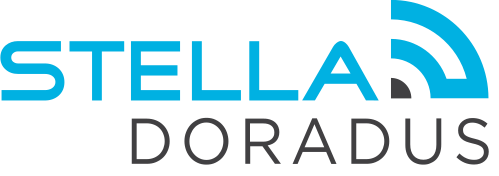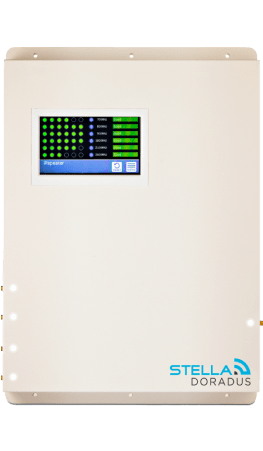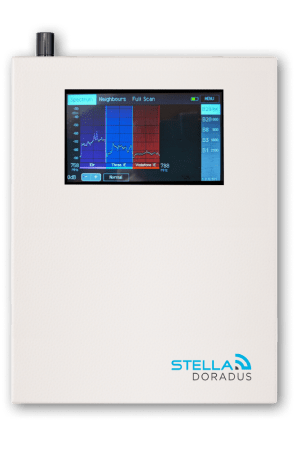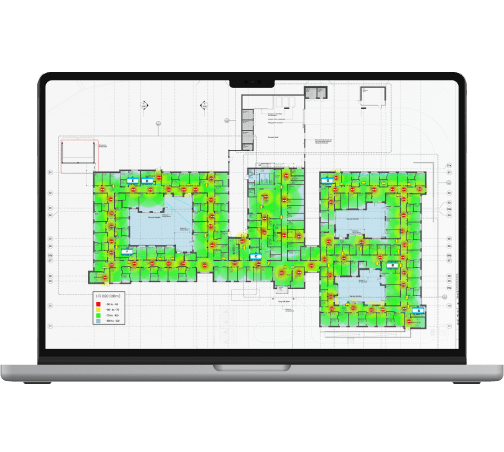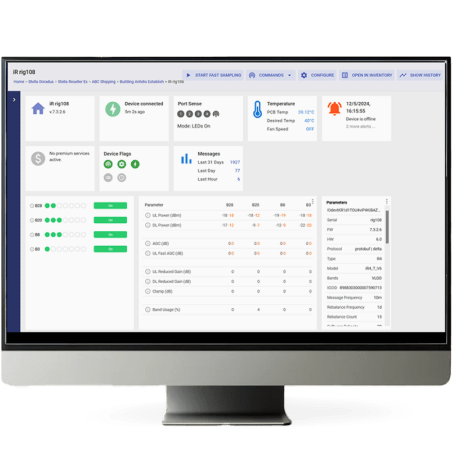Over the past 2 years, mobile operators have finally accepted that, for some, the quality of the service that they are offering is far from what is required. Customers across all of the major mobile telecoms networks have been stricken with poor network coverage issues, with certain areas of the UK being more prone to bad signal than others. A recent survey has shown there are many problem areas within the UK – areas that are constantly plagued with connectivity issues. It may come as a surprise that the survey found that large urban areas, such as Birmingham, Brighton, Newcastle, Edinburgh, and even London, were some of the most unreliable areas when it comes to securing reliable network coverage.
However, the reasons behind this are easy to understand. The electromagnetic waves that form mobile network signals are unable to effectively enter buildings, and are frequently weakened, or blocked altogether, by large structures. This is just one of the scenarios that can cause poor signal. The other major scenario relates to customers that live in isolated, rural areas. It is notoriously difficult to secure a quality mobile connection in the countryside. This can be due to the long distances from the operators broadcasting towers, along with blockages caused by the landscape, such as hills and trees.
Broadcasting towers are the heartbeat behind every single mobile network – they are the equipment that allows mobile signal to be cast around the area. Simply put: if you are outside of the broadcasting radius of one of these antennas, you will suffer from a patchy, unreliable mobile connection. Mobile networks have taken steps to alleviate these issues by developing signal boosters that can be used on their networks – Vodafone has the Sure Signal; EE has the Signal Box; 3 has the Home Signal. These options are all examples of femtocell technology, and are marketed as efficient and elegant signal boosting solutions.
What is femtocell technology?
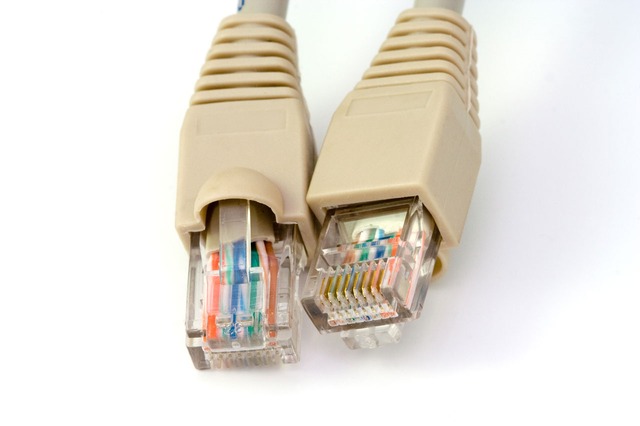
3G.co.uk describes a femtocell as a device that ‘uses the internet to form a high-speed connection to the phone network provider.’ This is achieved by connecting the femtocell to a broadband connection, usually via an ethernet cable. This then allows the femtocell to establish a connection with the network provider over the internet, rather than relying on the output from a broadcasting tower. In theory, this should allow a 3G connection to be secured in any area of the country, regardless of how far away it is from a broadcasting antenna. On paper,this sounds like the perfect solution, and it may work for certain consumers. However, there are a many downfalls to this technology. Unfortunately, these dramatically impact how useful femtocells are. In some cases, it may even render femtocells completely useless.
The downsides to femtocells
Femtocells explicitly rely on having a good broadband connection – without this, they will not work. For many people, this will not be an issue, but many people do not need, or even want, a high speed internet connection. In addition to this, there are areas in the UK that have extremely poor broadband speeds. To put this into perspective, Vodafone recommend a minimum broadband speed of 4.13 Mbps for use with their Sure Signal device. Clearly, this is something that may be out of reach for certain customers – these people could potentially be hit with the double blow of having poor mobile network coverage and slow broadband speeds, rendering them helpless. Furthermore, if your broadband often drops connection to the internet, this will cause difficulties for the femtocell. A connection to the internet must be secured at all times in order for the femtocell to operate. The reliance on broadband connections is not the only downside to femtocells, either. They are by no means a comprehensive solution – especially if you have a large family, or live in a building with multiple occupants. The Sure Signal can connect to 8 mobile devices at any one time, with the EE Signal Box and the the 3 Home Signal allowing 4 devices to connect at once. If you only have a household of 3 people – it sounds great, right? Wrong. These devices are locked to only work with devices on that particular mobile network; Sure Signal will only work with Vodafone devices, an EE Signal Box will only work with EE devices, and so on. Unless all of the occupants of your building are tied to the same network, you could end up having to buy multiple femtocell devices to guarantee that everyone in the house can get signal. This is hardly an ideal solution. And that’s not all. Femtocells require any sim card that is going to connect to them to be pre registered with the device. This means only pre-approved numbers will work with the femtocell, which is a pain, and certainly is not a viable solution when lots of different people need to use their mobile devices at the same time.
As an article from Which? has highlighted, femtocells are just not powerful enough to function correctly in certain properties. The connection remains patchy. There are still areas of the property without signal. Granted, the issue may be better – but when you are paying £100 for a device, it’s not unreasonable to expect it to be a reliable solution, which leads to our next point.
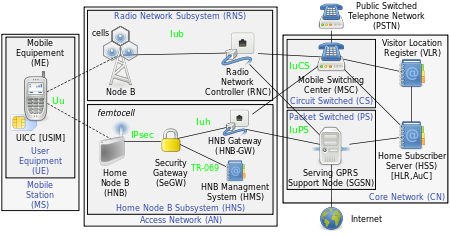
The current generation of femtocell products are more concerned with marketing than addressing the issue at hand
Returning back to the “Which?” article mentioned above, the product tester would not recommend anyone to buy the Vodafone Sure Signal product. Why? – because ‘it is up to Vodafone to provide a signal for this area – not for each household to pay them extra money.’ This is an extremely valid point. Mobile operators, who are not providing the service which they are advertising, expect customers to spend their own money to fix the issue, and use their own broadband connection for their calls. If the solution was guaranteed to work, worked independently (without relying on a broadband connection), and benefited all mobile users across the board – regardless of what mobile network they are on – then femtocells would be a much stronger product. In reality, femtocells only improve the user experience of a tiny selection of people. They are designed to promote the network, to keep people on the network, and to convince others to join the network. For example, take a theoretical household that has four members. Two of these people are on Vodafone, one is on 3, and another is on O2 – and none of them get reliable signal. If a Sure Signal box is installed, and works, this leaves two members of the household with signal. This then increases the likelihood that the whole household will switch their network to Vodafone, as it is unreasonable to expect people to pay for multiple network locked devices. Switching all devices to the same network is a much easier and cost effective solution.
The issue is even more extreme within business buildings. Consider where you work. Are all of your colleagues on the same mobile network that you are? Probably not. So then, already, the solutions that mobile phone operators are offering for business users are already useless – unless of course the business issues each of its employees with a new phone, with all new phones being on the same network, or if employees change networks themselves. Through this process, the network operator has done absolutely nothing to develop the local infrastructure of the 3G network, yet it has sold a relatively expensive device (which fixes their faulty service), and then secured further phone contracts on top of this.
Instead, what would be more beneficial, would be to recognise that there is a fault with the service they are offering, and look for solutions that would benefit the entire area, and not just the households that have the extra cash to spare, or members of that particular network. With this being said, many of the networks, if you invest enough time on the phone to customer services, may supply you with a femtocell free of charge. Still, this is a laborious process of being passed around the various telephone departments, in order to be sent a device that may or may not work. The final drawback of all of the femtocells being offered by major mobile networks is the fact that they only work on the 3G network. Take a minute to examine this. EE is a network built around 4G. It is the main focal point of all of its advertising. Yet, the solution they offer for people who have upgraded to 4G and are still left without signal, is to then place them back onto the 3G network.
Why a StellaDoradus repeater outperforms a femtocell device
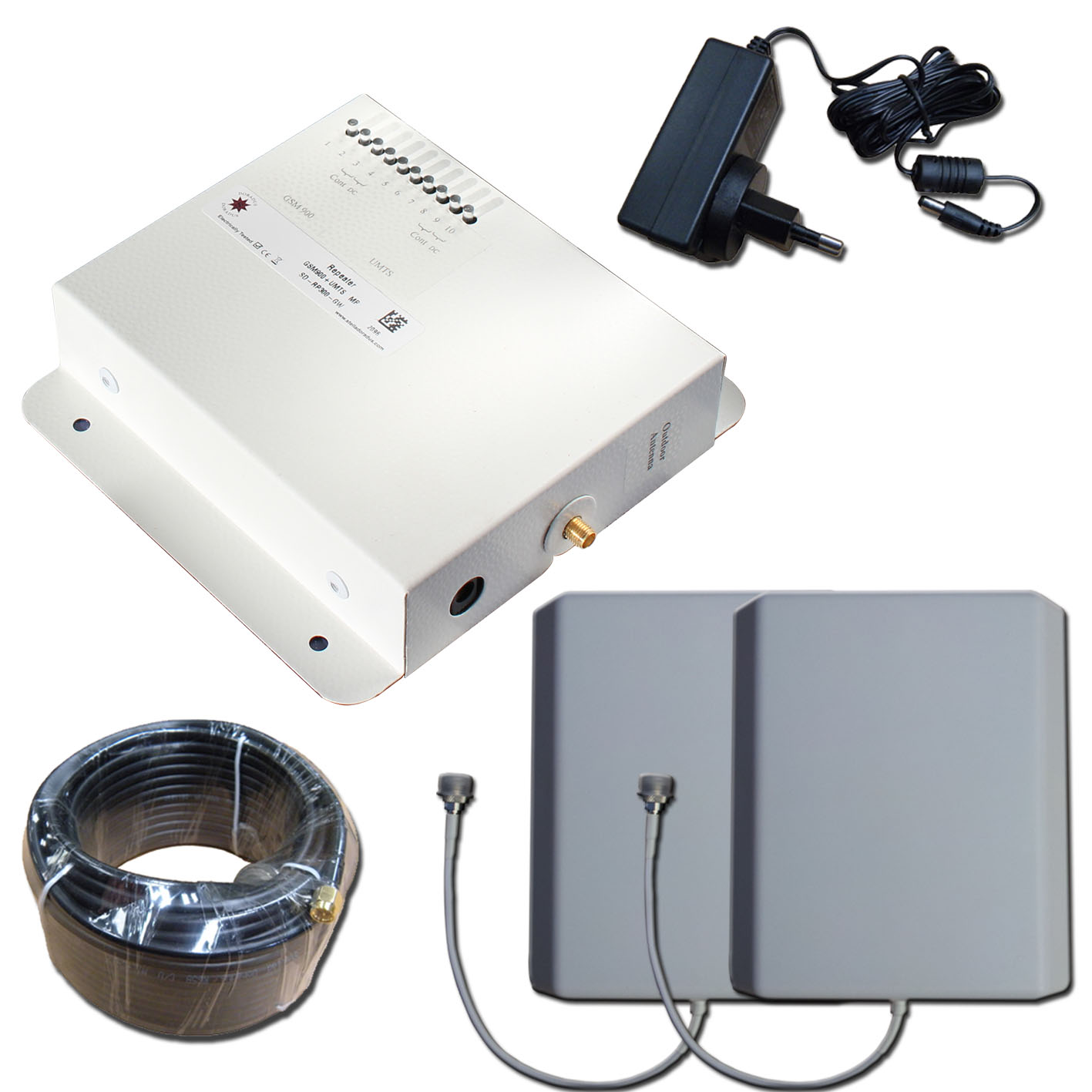
StellaDoradus repeaters work by amplifying the actual mobile signal that is cast by broadcasting antennas. They do not rely on an internet connection in any way, shape or form. They simply capture the available signal from outside, and then ‘repeat’ this signal inside the building. This signal is then capable of being cast a much greater distance than what the mainstream femtocells are capable of. A StellaHome device can provide reliable coverage for up to 1000 m2, a figure far greater than anything a femtocell can achieve. In addition to this, up to 100 users can make calls and use data services at the same time through the device. Again, this is something that cannot be matched by a femtocell product. StellaDoradus repeaters are also non-restrictive – any phone from any network (Vodafone, EE, O2 etc…) can connect to them.

Our products are ideal for businesses, too. The StellaOffice repeater solution can cover an area up to 64,000 m2, which makes the solutions offered by the main network providers pale in comparison. If you manage a large business complex that suffers from poor signal, installation of a StellaOffice kit could work wonders.
Finally, another huge benefit for StellaDoradus products is that we have models which are capable of boosting and broadcasting a 4G signal, which is superior to the 3G only femtocell devices.
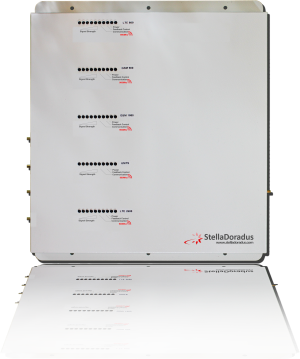
In fact, the StellaHome 5 Band is capable of broadcasting GSM, 3G and 4G signals at the same time. This means that it will work for all mobile devices, regardless of whether they are an older or newer model. And all of this comes without the restrictions put in place by femtocells. There is no need to pre register anything with a StellaDoradus device. After installation, they are plug and play – they will work on all devices with no additional set up.
Overall, our devices are more reliable, less restrictive, and altogether more useful than the signal boosters being offered by mobile networks. They will also increase the performance of your mobile device; connection to a stronger signal means that the mobile does not have to keep scanning for a better connection, which results in longer battery life.
However, they do come with a downside. We have still have not been authorised by Ofcom as a supplier of ‘smart repeaters’ – but we are working on it and hope this will be changed soon. Our product is the ideal solution for home and business owners across the UK, regardless of whether they are based in urban or rural environments.

